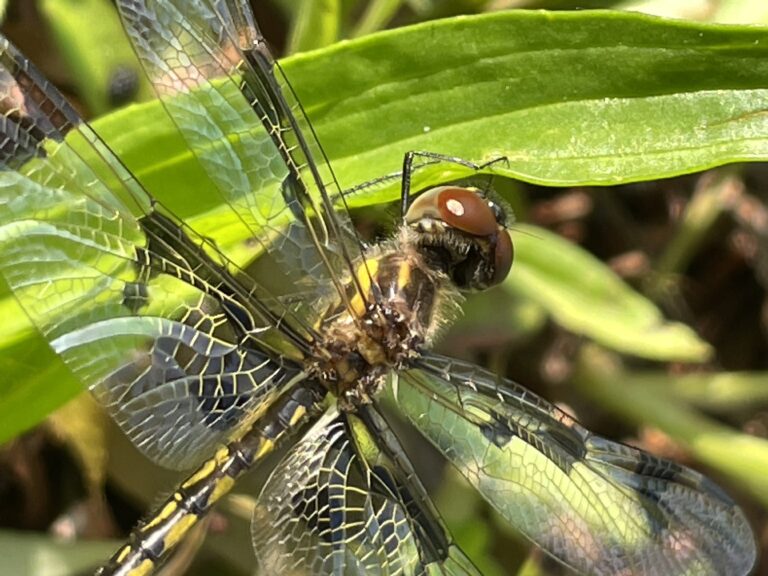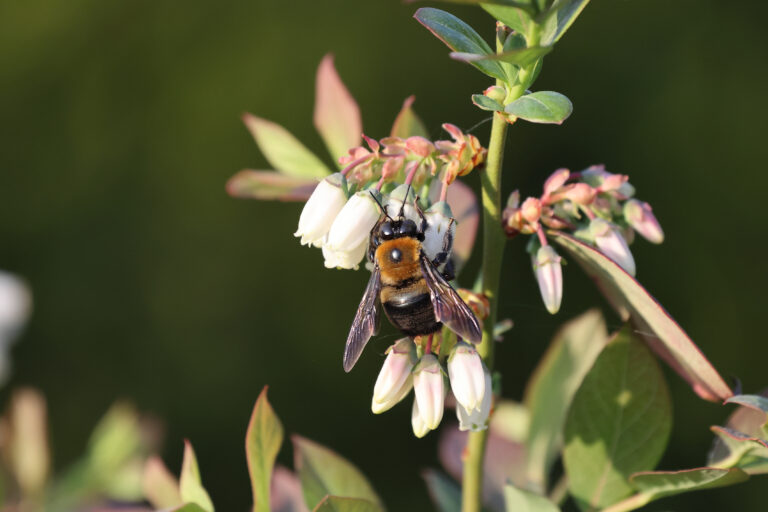American Chestnut Resource Guide
Overview
In the 20th century, the American Chestnut was the dominant tree in the eastern Appalachian forests of the US, stretching from Mississippi to Maine. These forest giants were called the Redwoods of the east. That changed drastically starting in the early 1900s with the appearance of a disease called chestnut blight which rapidly spread throughout the entire range. Learn about this iconic American tree and modern science-driven efforts to re-establish American Chestnut forests.
20-90 mins.
Modular lesson choices that facilitates classroom activity as brief as 20 minutes, up to several class periods or homework.
Subjects
Environmental Science, AP environmental Science, Biology, AP Biology, Forestry, Ecology, Conservation Biology, Environmental Studies, Molecular Biology, History, Social Studies
You will need:
Printed Paper maps
Digital map files
Online half-earth map
American Chestnut Resource Guide
Learning Objectives
- Develop the ability to understand and interpret expert opinions
- Hone critical thinking on genetically modified organisms from scientific and societal perspectives
- Appreciate the complex structure of forest habitats and support of biodiversity
- Gain appreciation of the role of culture and history in how people think about species and nature.
Key Terms + Conditions
- Disease threats and ecology
- Extinction
- Plant pathogens
- Conservation recovery strategies
- Biotechnology
- Genetically Modified Organisms (GMO)
- Forest structure
- Native restoration
- Species range
- Habitat
Lesson Resources
- Lesson Guide
- GMOs and Ecology
- The Nature of Nature
- Student-friendly introduction to American Chestnut
- Student work on the American Chestnut in Rockville, MD
- Science and Saving the American Chestnut
- More than Just a Tree – Interview with chestnut recovery Experts (video)
- American Chestnut: Redwood of the East (video)
- Breeding, Biocontro, and Biotech to Save the American Chestnut (video)
- Bill Powell on Genetic Engineering to Save the American Chestnut (video)
Top tips for Instructors
The American Chestnut is a great topic for engaging students in:
- The connection between people, communities, culture, history, and nature
- Critical discussion of genetic engineering, its potential risks and benefits, particularly in conservation and ecological restoration.
- Developing an understanding that forests are complex biological communities and that the overall structure is important for supporting biodiversity, soil, complex habitats.
Consider assigning students to watch videos, take notes, and develop a list of questions prior to doing the activity in the lesson guide.







